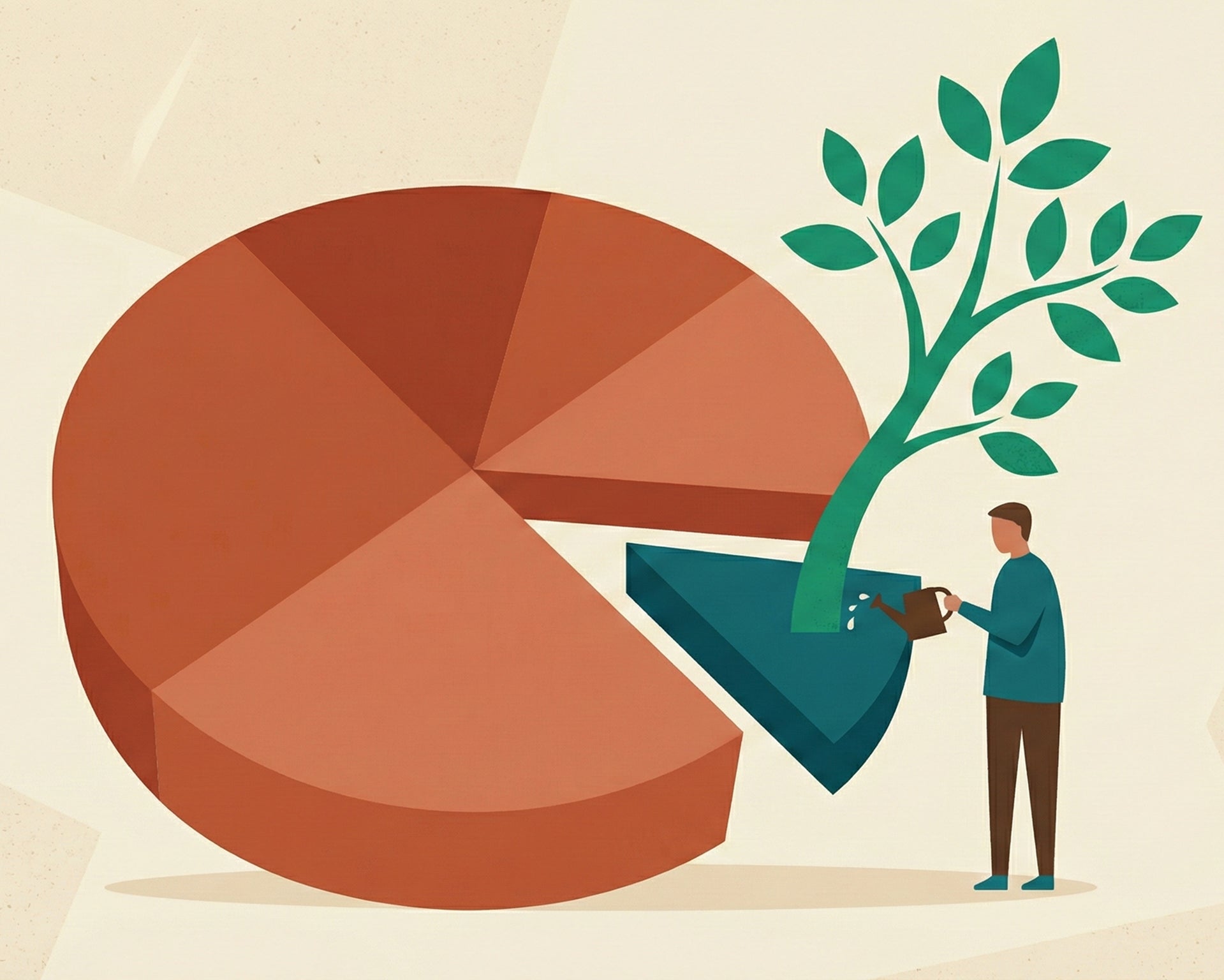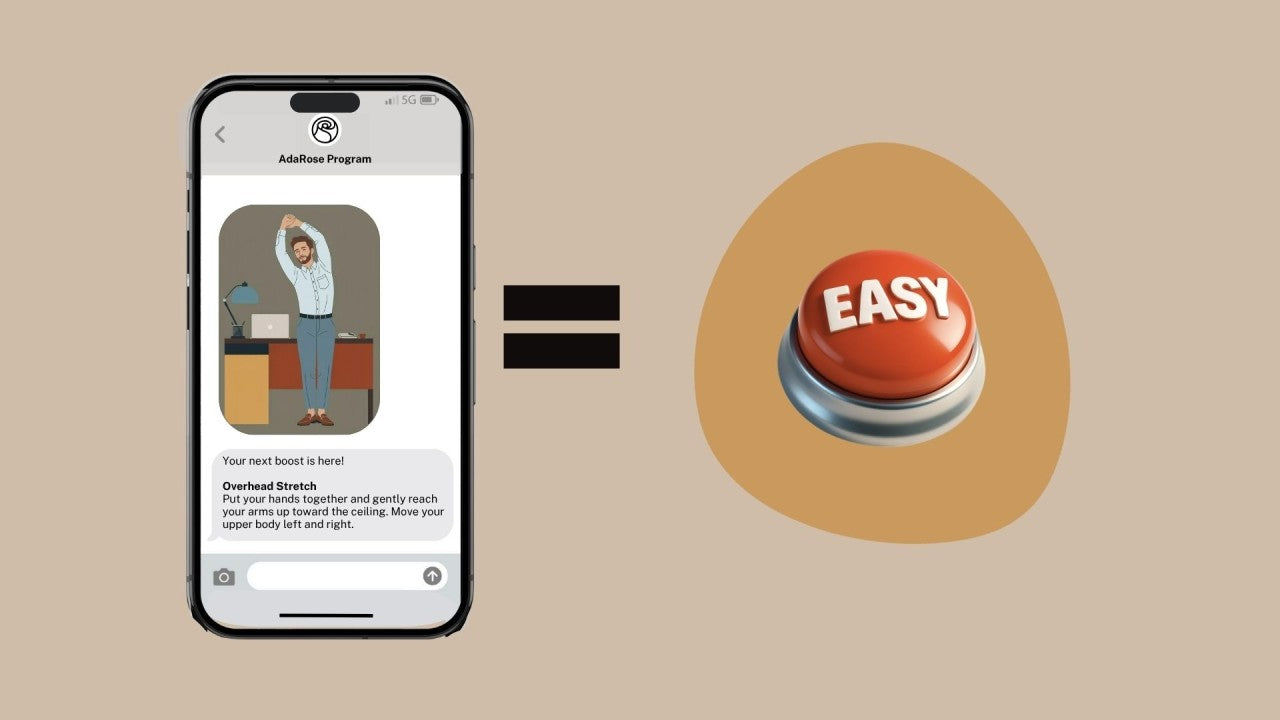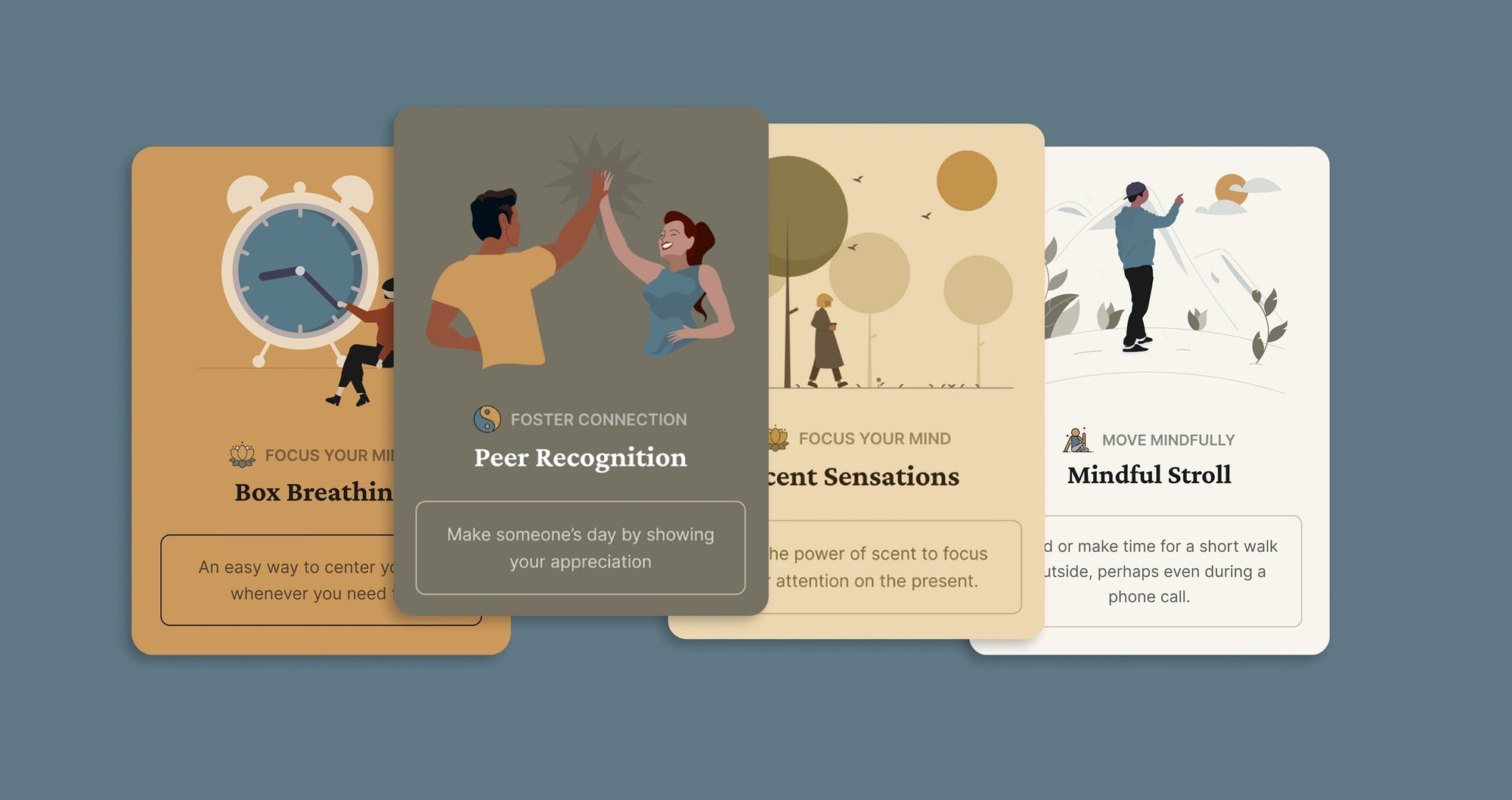And what to do instead if you're serious about team well-being
Most HR leaders know workplace wellness matters. But knowing it matters and making it work are two very different things.
If your current program isn’t delivering on its promise, it’s not your fault—it might be designed for a different era, or the wrong focus altogether. Here are five signs your wellness program is underperforming, and how to shift toward something that actually helps your team thrive.
1. It’s Treated Like a Perk, Not a Practice
If your wellness program feels like an add-on tacked onto an email or buried in your benefits portal—it’s likely being ignored. Effective wellness programs are embedded in your team culture, not sprinkled on top.
What to do instead: Make wellness part of the team rhythm. Start with shared moments of well-being that build trust and routine—like team-wide seasonal wellness challenges.
2. It’s Too Individual-Focused
Meditation apps and personal coaching might sound good, but they don’t help when your team feels disconnected and morale is slipping. Wellness is personal, but it also has to be cultural.
What to do instead: Choose solutions that rebuild bonds, not just personal habits. Shared experiences, peer support, and light competition can do more for engagement than solo mindfulness exercises.
3. Participation is an Uphill Battle
If you’re chasing your team to engage (or worse, bribing them with swag), it’s a sign that something might be broken. Wellness that works is wellness people want to do.
What to do instead: Look for experiences that are simple, social, and fun. Things that spark curiosity, not obligation.
4. It’s Too Complicated to Roll Out
The best programs don't require a PhD or a tech team to implement. If your employees haven't even set up their accounts, that’s a problem. You want to focus energy where it matter—on the human interaction, not the tech piece.
What to do instead: Opt for technically-simple plug-and-play programs—no logins, no downloads, no onboarding headaches. Just something people can use to connect with each other and boost their wellbeing right away.
5. It Doesn’t Change Anything
Wellness should move the needle—not just on vibes, but on outcomes. If your team still feels burnt out, disengaged, or disconnected, the program isn’t doing its job.
What to do instead: Choose programs backed by behavioral science, designed to improve connection, collaboration, and performance—not just check the box.
If your wellness program isn’t working, the fix doesn’t have to be complicated—or expensive. It just has to be team-first, science-backed, and refreshingly simple.





